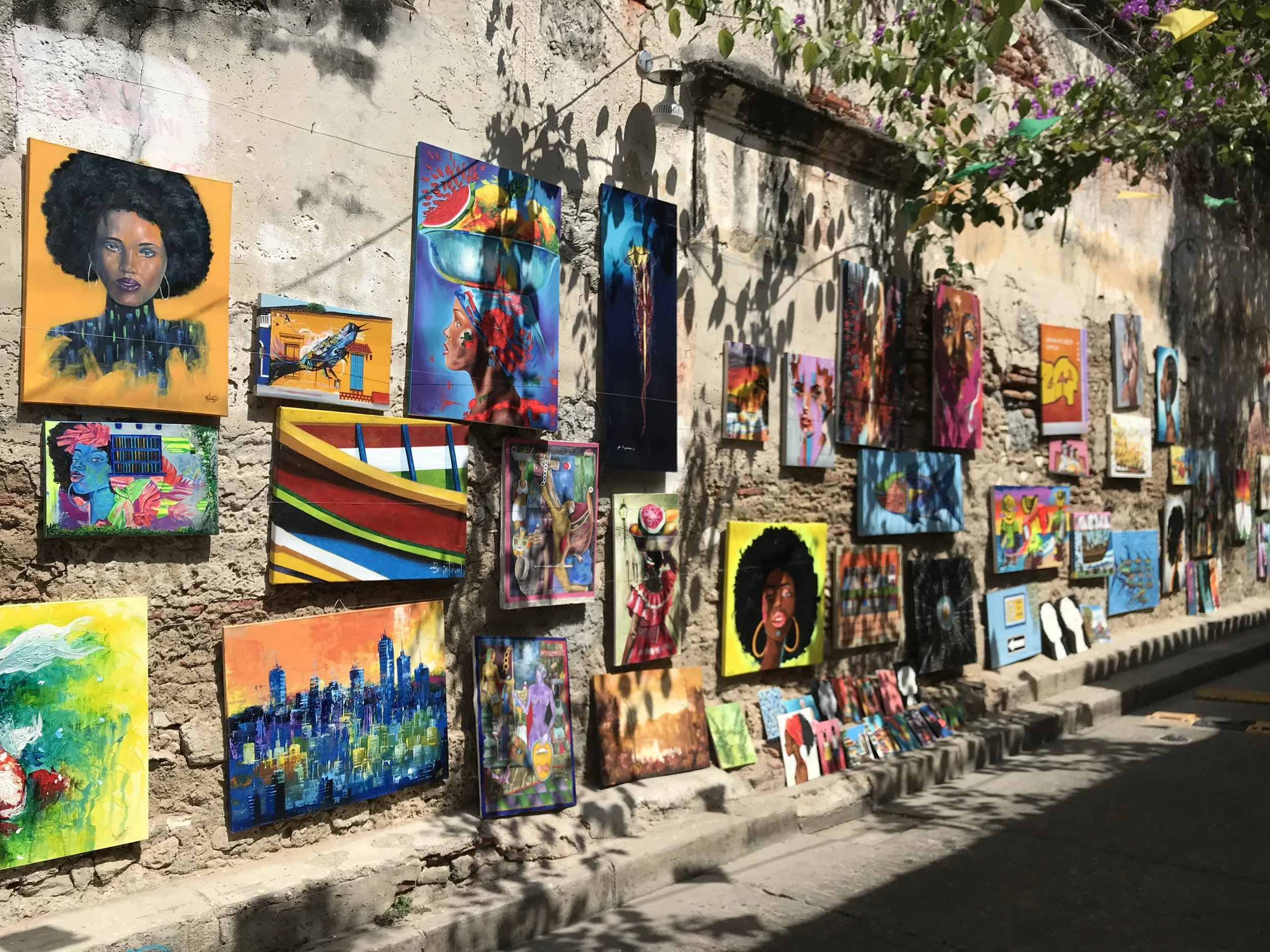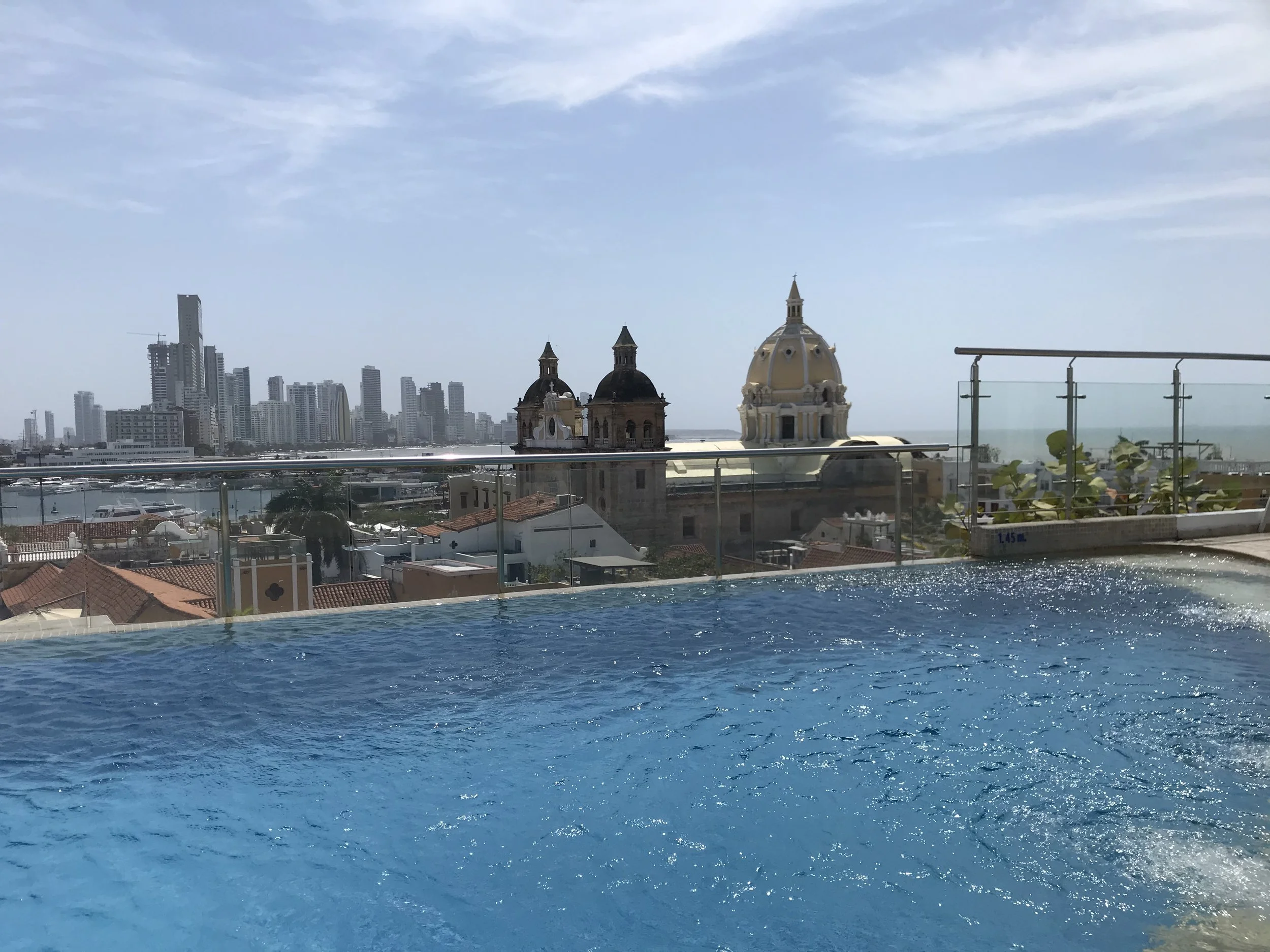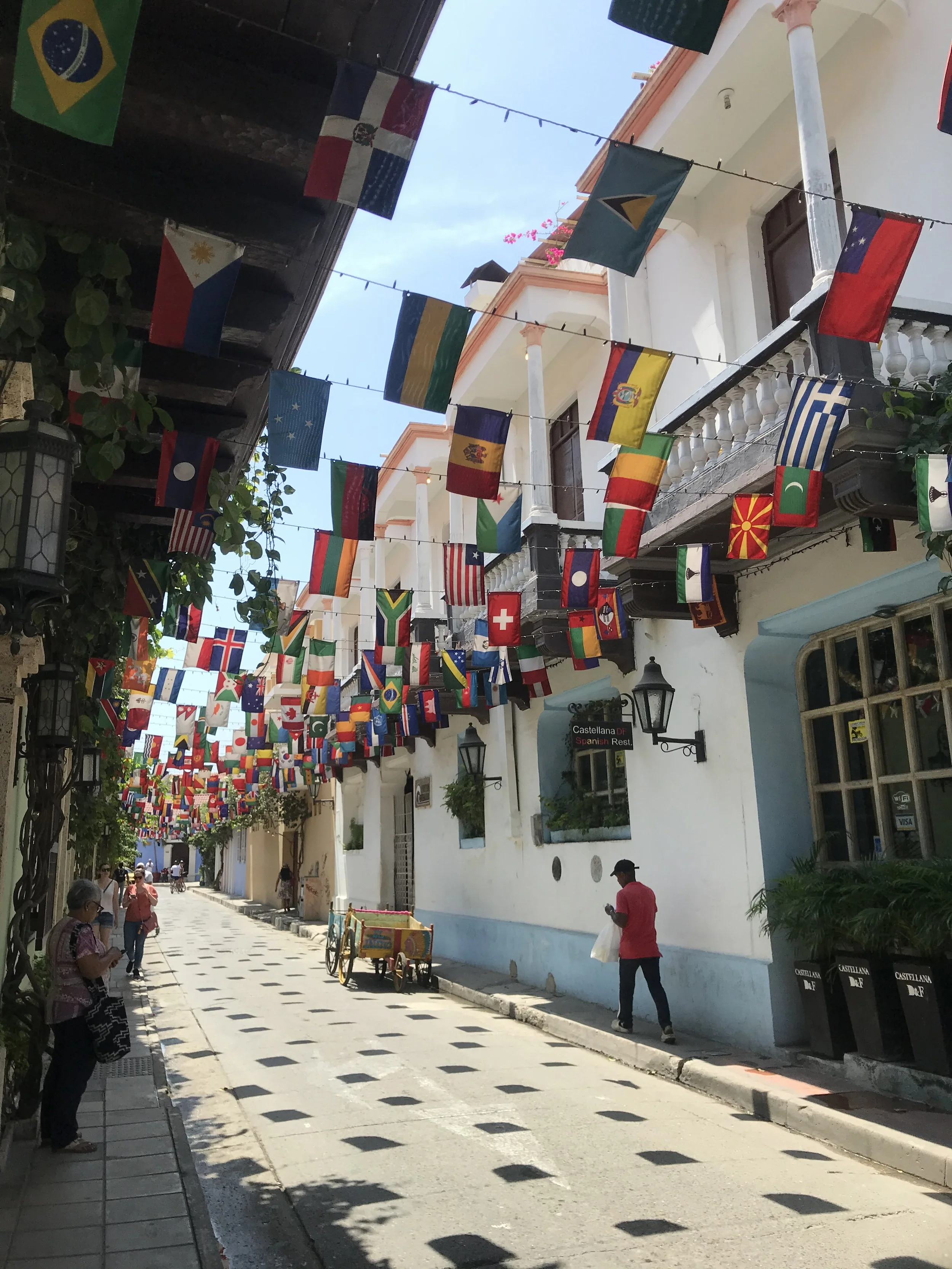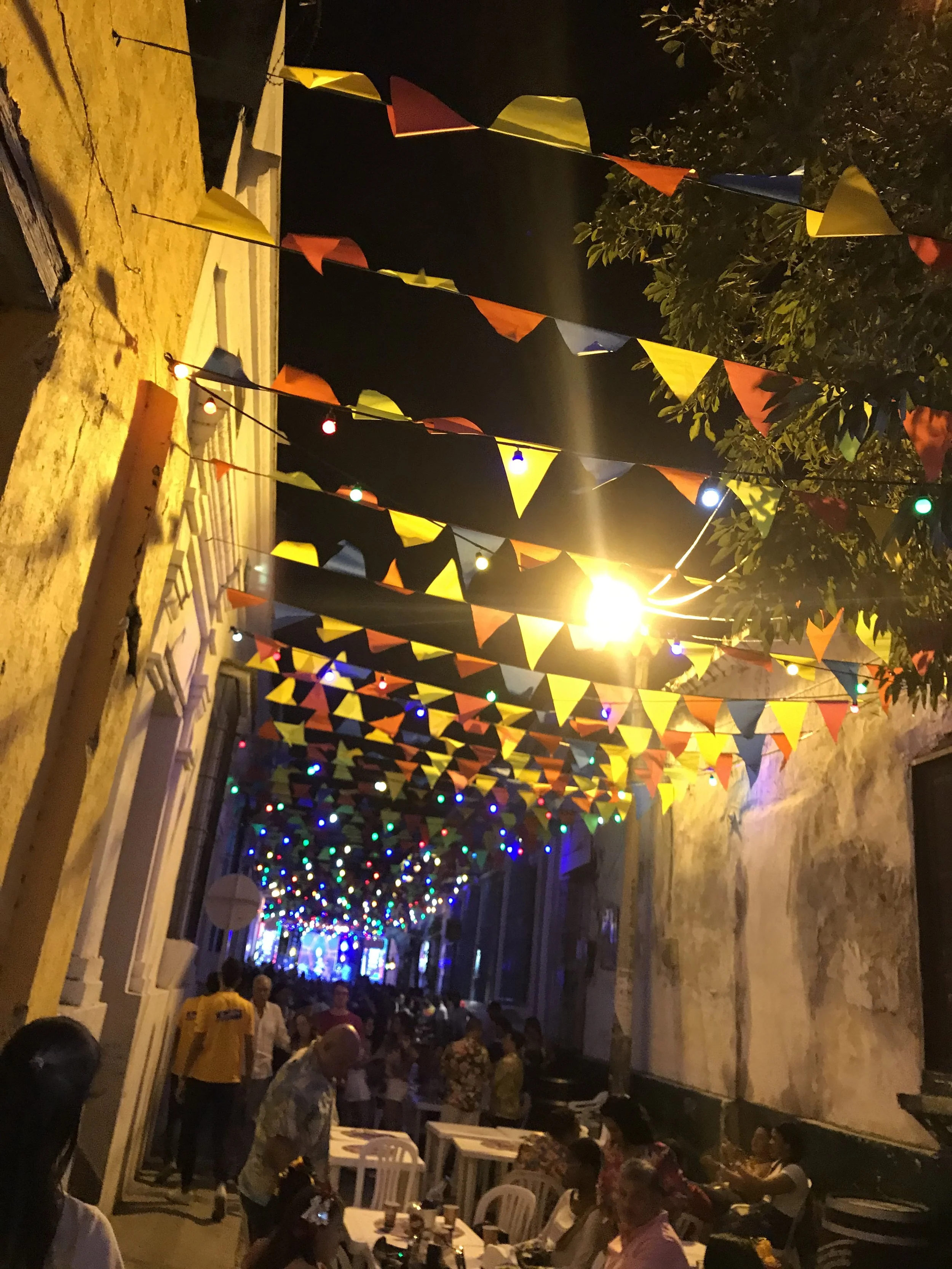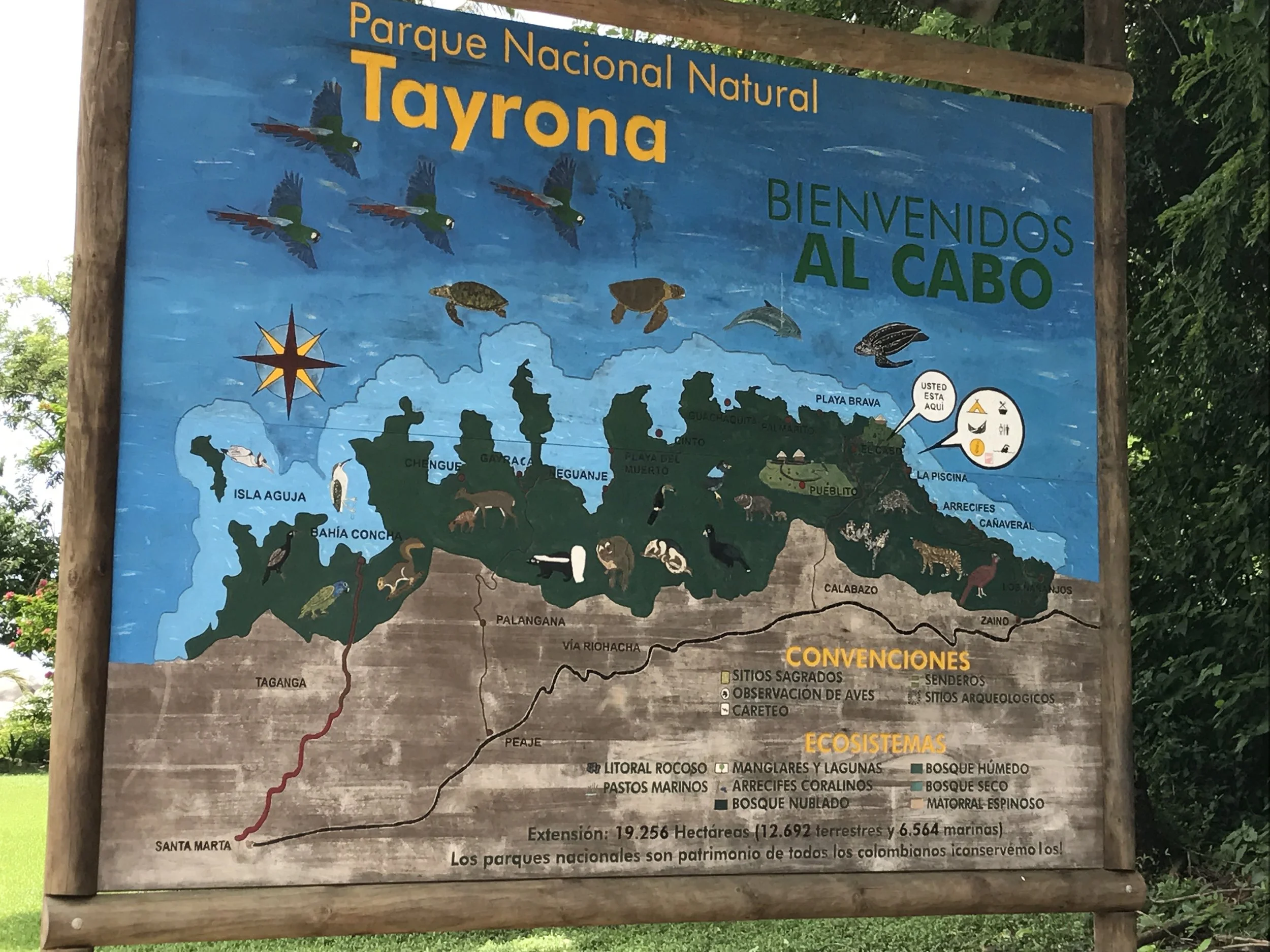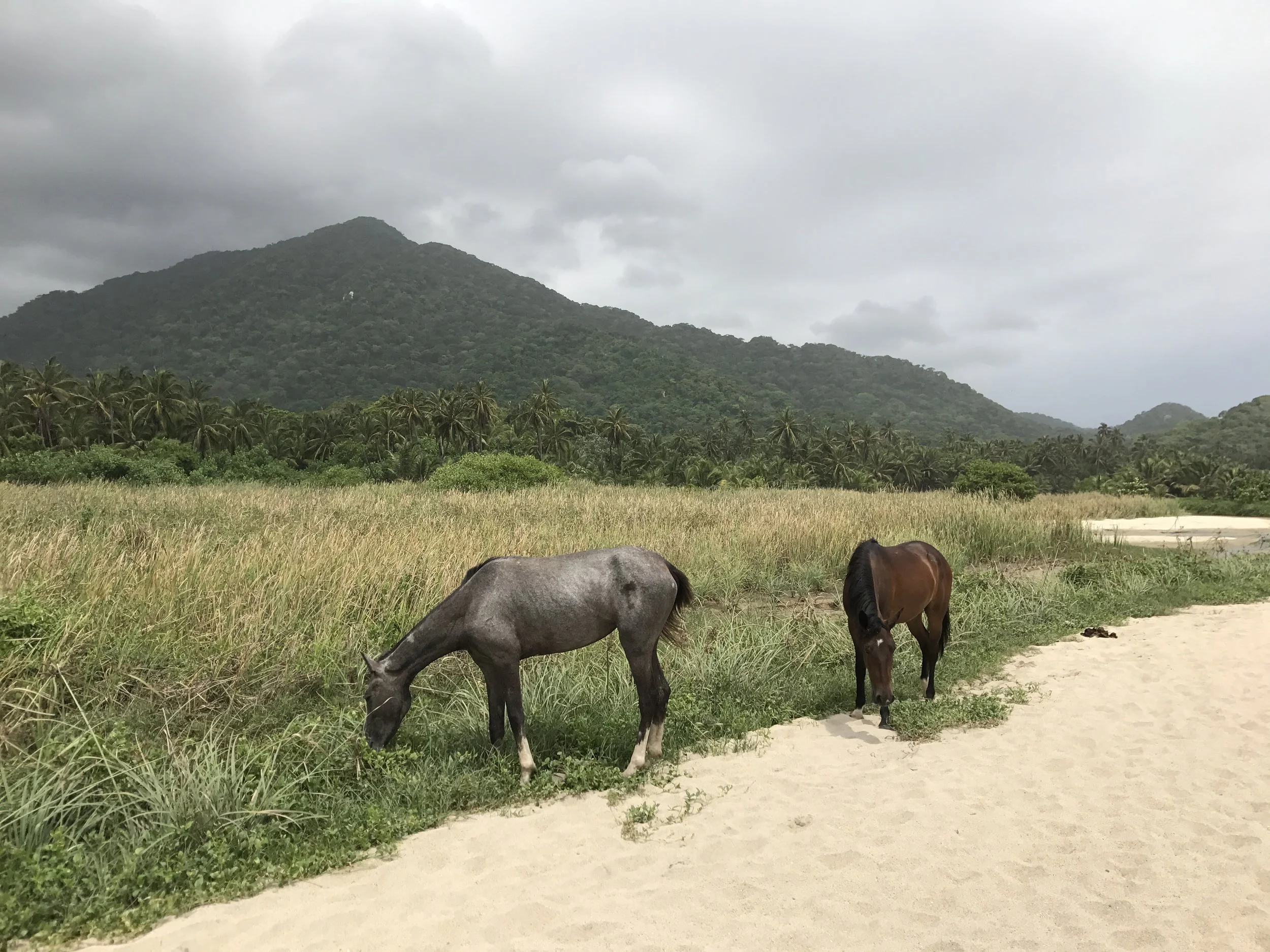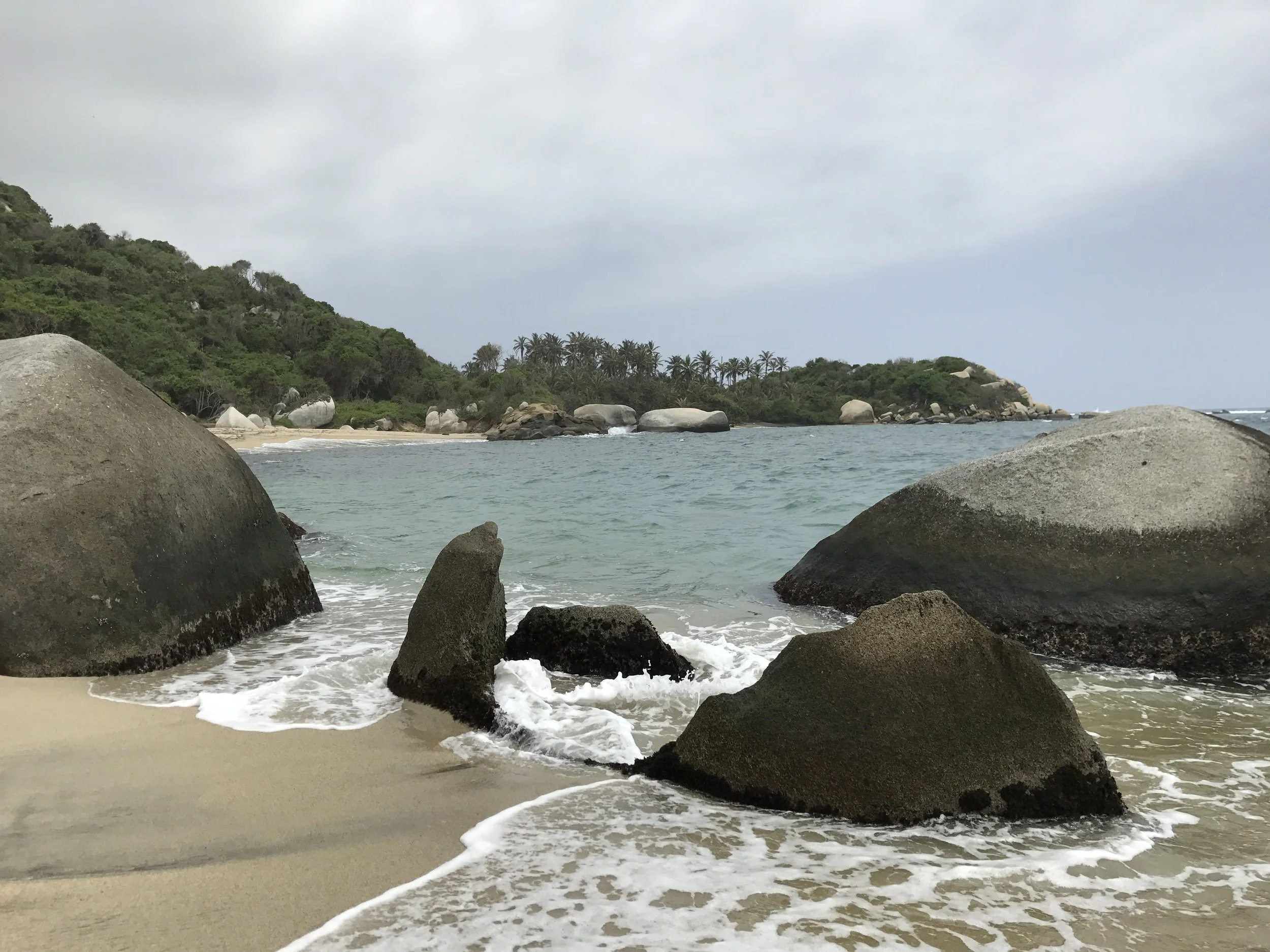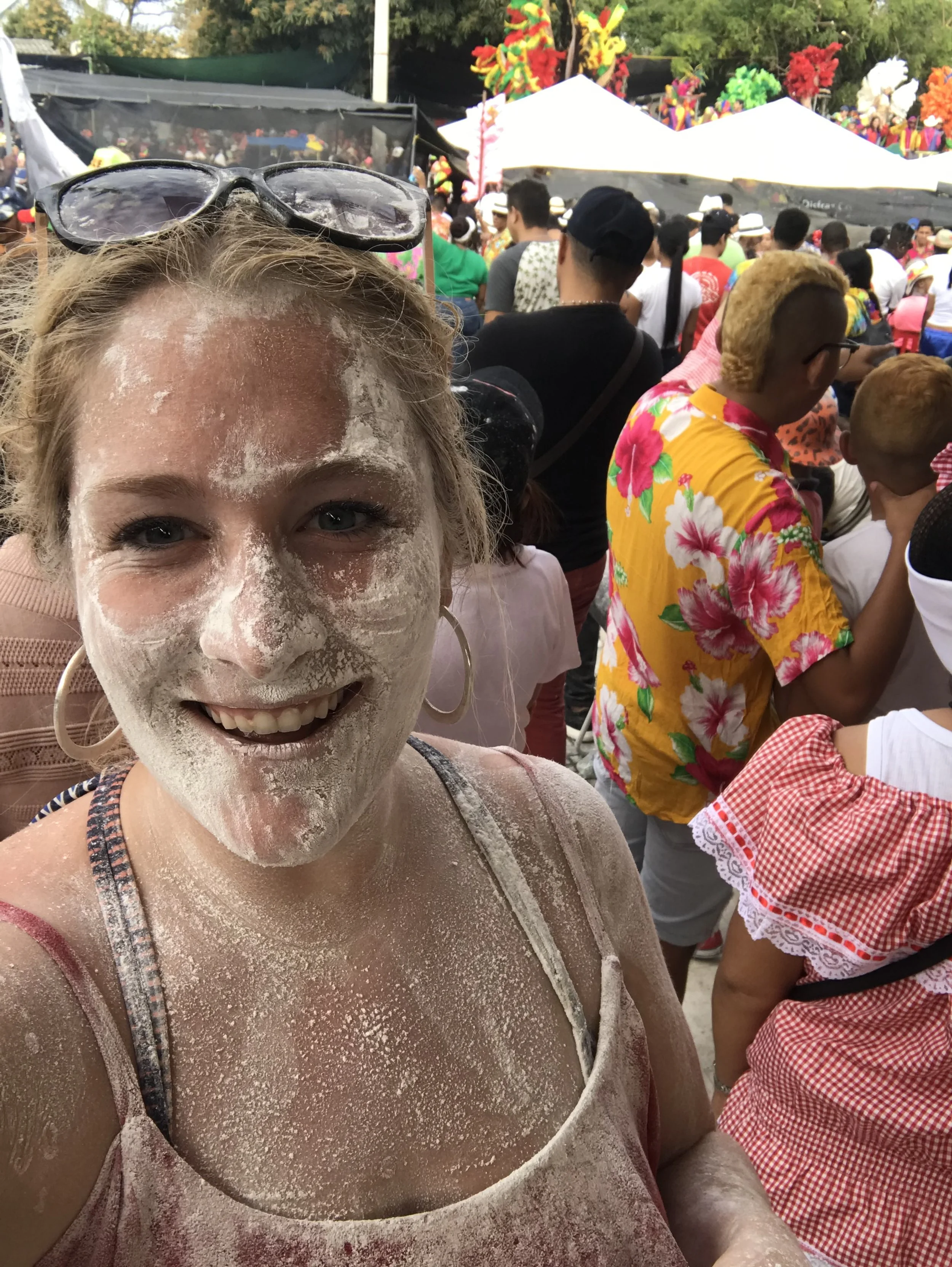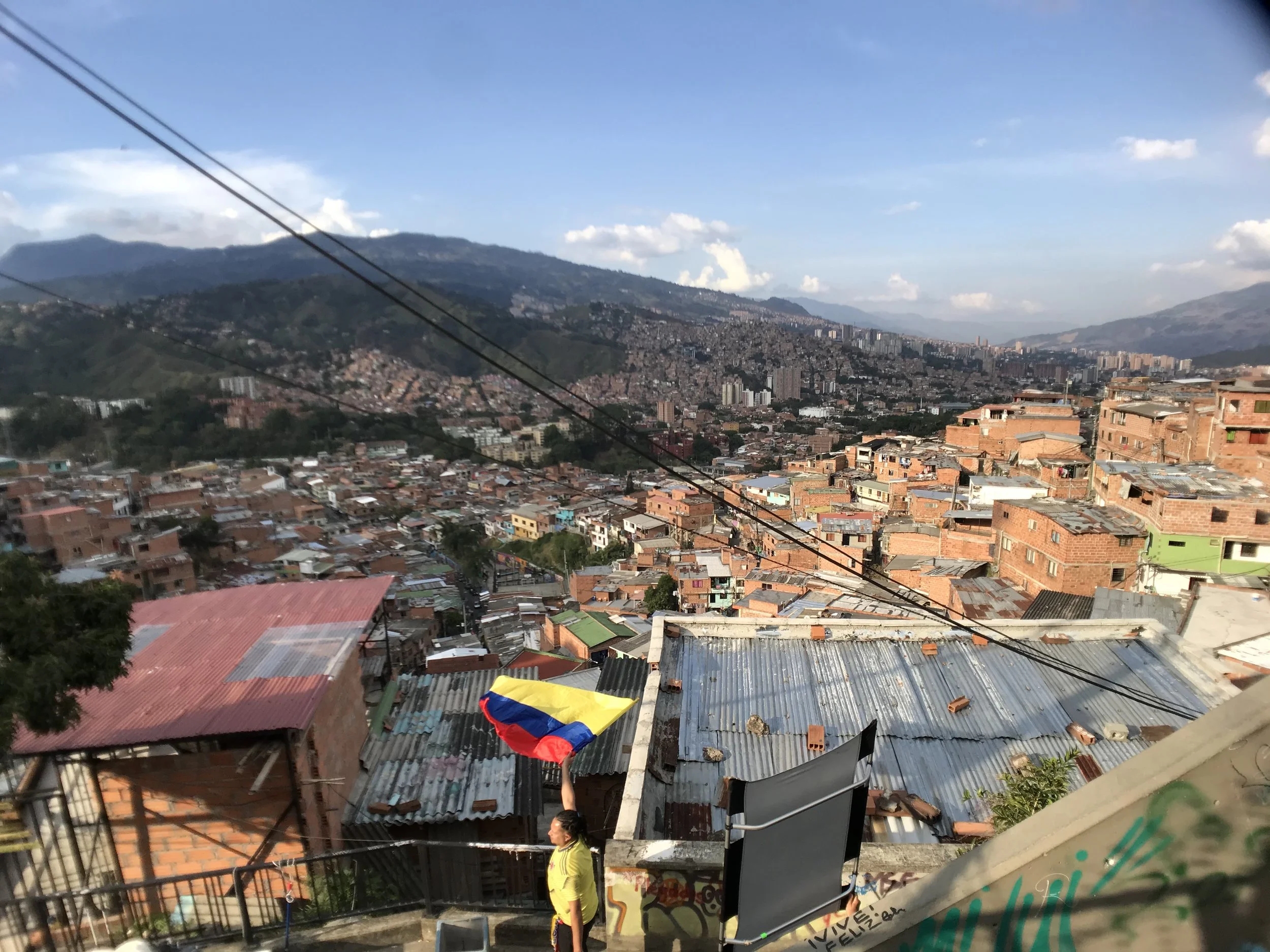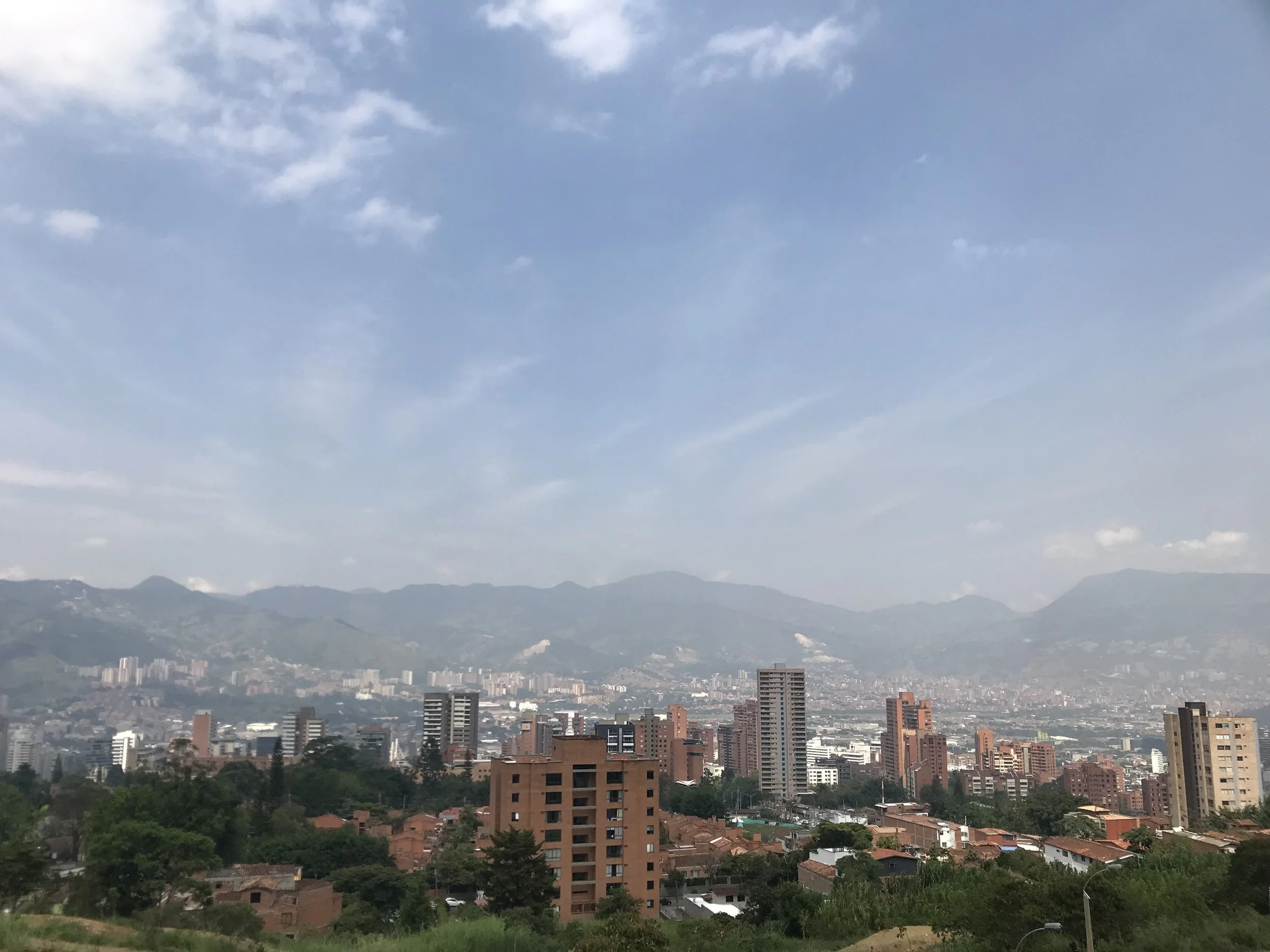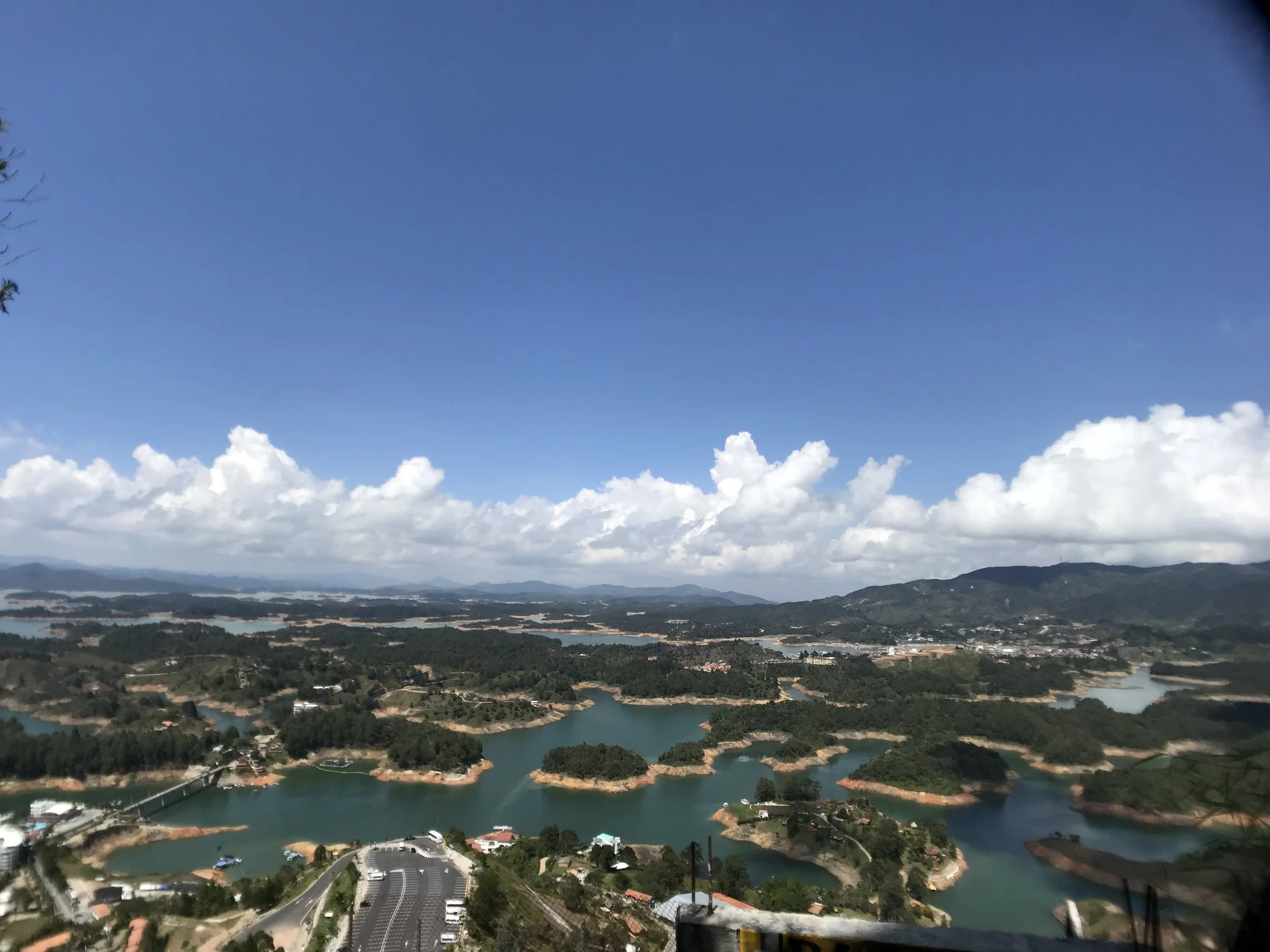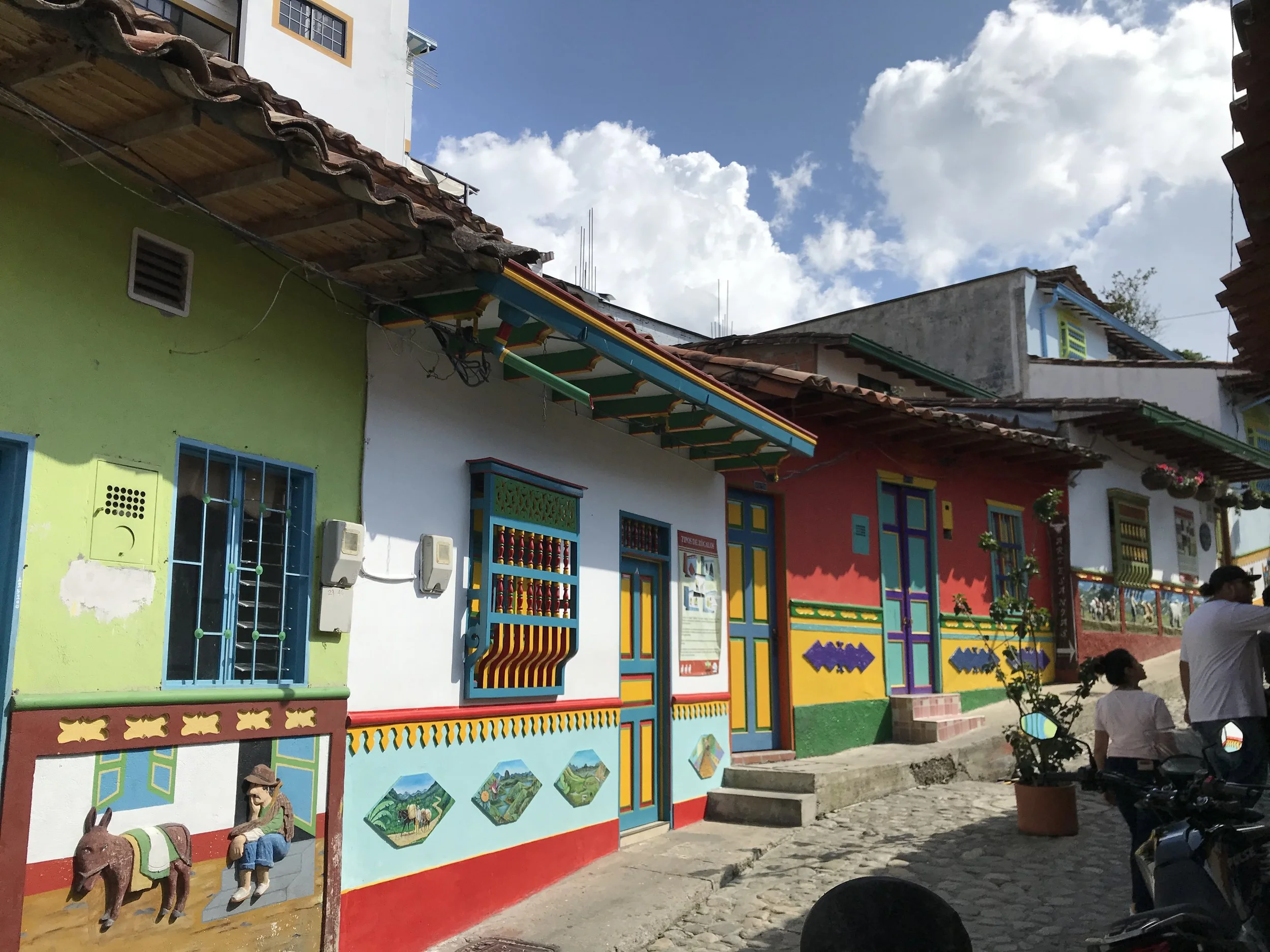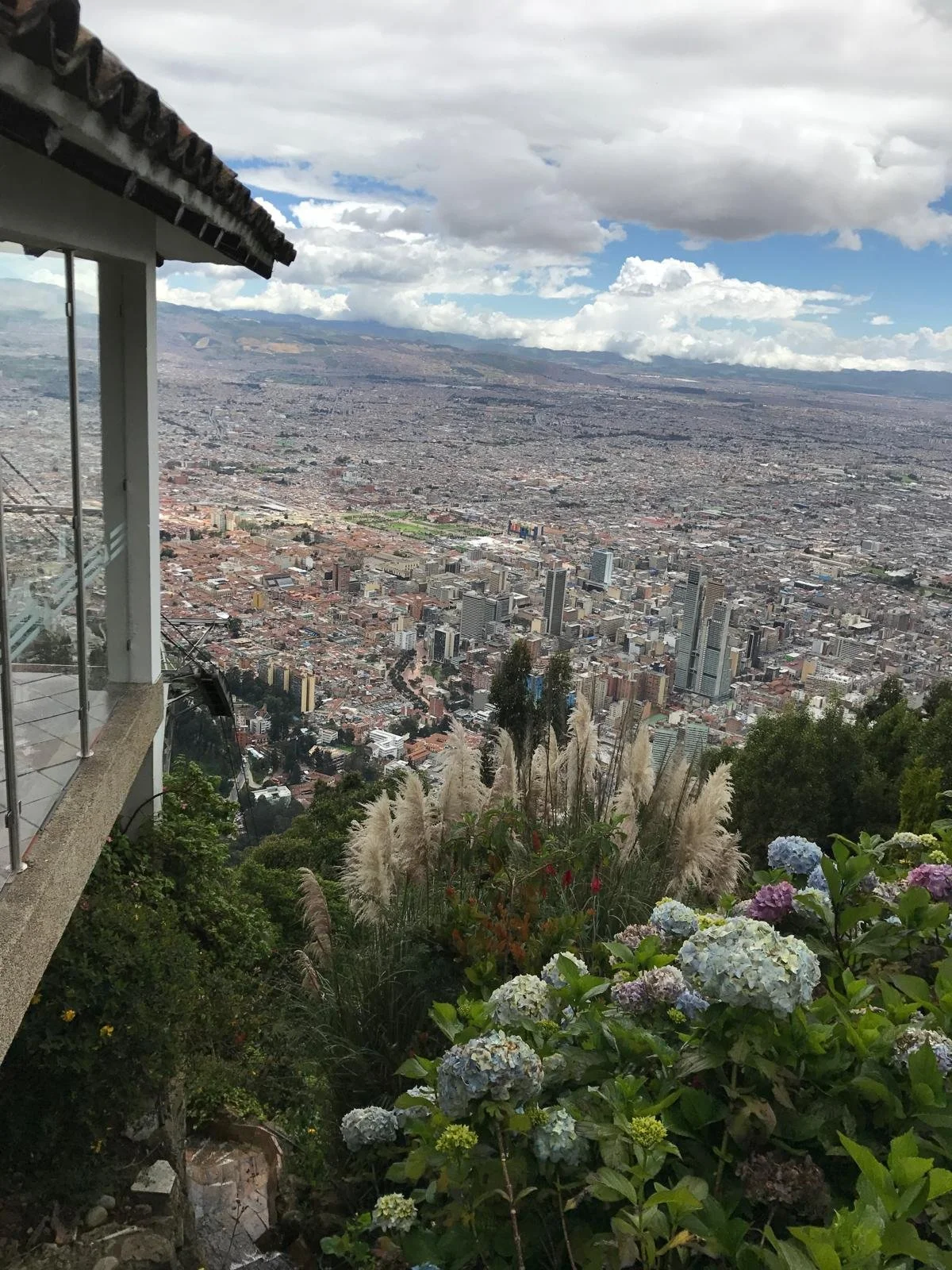Cartagena
Cartagena, located on the northern coast of Colombia, is a city that effortlessly blends history, culture, beaches, and a vibrant party scene. Known for its colonial architecture, colorful streets, and warm Caribbean vibe, Cartagena has become one of the most popular destinations in Colombia. It’s a city where you can immerse yourself in the rich colonial past, enjoy buzzing nightlife, relax on beautiful islands, and experience the unique charm of the Walled City and Getsemaní.
Clock Tower Monument:
The Clock Tower (or Torre del Reloj) is one of Cartagena's most famous landmarks. It stands at the entrance to the Walled City and was originally built in the 18th century. It’s not just a functional clock tower, but a symbol of Cartagena’s historical significance as a major Spanish port. This is a popular meeting point for tours, and it’s surrounded by Plaza de los Coches, where you can catch street performances, relax, and shop at the local markets.
Getsemaní:
Just a short walk from the Walled City, Getsemaní is a neighborhood that has undergone a major transformation in recent years. Once known for being a bit rough around the edges, Getsemaní is now vibrant, artistic, and full of life. It’s the heart of Cartagena’s nightlife and street art scene, with colorful murals, live music, and a mix of old-school charm and modern hipster energy.
Plaza de Trinidad: This lively plaza is the center of Getsemaní, where locals and visitors gather for street performances, salsa dancing, or just to chill out. It’s the place to soak up the local culture, with plenty of food vendors, bars, and cafes lining the streets.
Street Art: Getsemaní is a hotspot for street art, with its walls covered in vibrant murals that tell stories of Colombian culture, politics, and history. It’s a perfect place to stroll, take photos, and appreciate the creative vibe of the area.
Party Scene: This area is a favorite for those looking to party. The nightlife here is diverse—whether it’s a chilled-out bar, a trendy club, or a spot for live music, Getsemaní has a little bit of everything for every kind of night owl.
The Walled City (Ciudad Amurallada):
The Walled City is the heart of Cartagena, and its UNESCO World Heritage status reflects its historical significance. The vibrant old town is surrounded by massive stone walls, designed to protect the city from pirates and invaders in the 16th and 17th centuries. Walking through its cobblestone streets, you'll discover colorful colonial buildings, plazas, churches, and fortresses, all showcasing Cartagena’s Spanish colonial past.
Plaza de los Coches and Plaza Santo Domingo
Castillo San Felipe de Barajas
Café del Mar (Salsa Dancing): An iconic open-air bar perched on the city wall with views of the Caribbean Sea, perfect for sipping on a cocktail and watching the sunset. You’ll often see visitors dancing salsa or just enjoying the laid-back atmosphere.
Movich Hotel Rooftop: One of the best places to catch a breathtaking view of Cartagena is from the Movich Hotel Rooftop. Located in the old town, this rooftop bar offers panoramic views of the Walled City, Cartagena Bay, and the Caribbean Sea.
Isla Barú:
If you’re in Cartagena and want to experience the Caribbean beaches, Isla Barú is the perfect getaway. Located just a 45-minute boat ride from the city, Isla Barú is home to some of the region’s most beautiful beaches, including Playa Blanca—a pristine, white-sand beach with turquoise waters and a more relaxed vibe compared to the crowded beaches of the mainland.
Activities: You can spend the day swimming, snorkeling, or just lounging on the beach. There are also resorts on the island if you want to stay overnight in a more tranquil, beachside environment.
Access: You can easily take a boat or arrange a day trip through one of the many tour operators in Cartagena.
Santa Marta
Santa Marta, located on Colombia’s Caribbean coast, is a city that serves as the gateway to some of the most stunning natural wonders, rich culture, and vibrant history the country has to offer. It’s one of the oldest cities in the Americas, founded in 1525, and offers a perfect blend of beautiful beaches, Tayrona National Park, and a thriving cultural scene. While Santa Marta itself is a bit more laid-back compared to Cartagena, it offers a more relaxed, off-the-beaten-path vibe—yet still boasts breathtaking scenery, diverse nature, and wildlife.
Taganga: This small fishing village just north of Santa Marta is a laid-back, bohemian spot known for its diving and snorkeling opportunities. It's the perfect place to relax, take a boat trip, or enjoy seafood by the beach.
Lost City (Ciudad Perdida): For the adventurous, the Lost City trek is one of Colombia’s most exciting hikes. This multi-day trek through the Sierra Nevada mountains takes you to an ancient Tairona archaeological site—one of the most significant pre-Columbian cities in the Americas.
Minca: Located in the nearby mountains, Minca is a charming town known for its coffee farms, waterfalls, and cool climate. It’s a perfect place for hiking, relaxing, or visiting a coffee finca (farm) to learn about Colombia’s world-famous coffee production.
Beaches near Santa Marta: In addition to Tayrona National Park, there are several other beautiful beaches near the city, including Playa Blanca, Rodadero, and Bahía Concha. These spots are great for swimming, relaxing, and enjoying fresh seafood.
Tayrona National Park
One of Colombia’s crown jewels when it comes to natural beauty, Tayrona National Park is a must-see if you’re in Santa Marta. Located just a short drive away from the city, the park is known for its untouched beaches, lush jungles, and indigenous sites. It’s a haven for nature lovers, offering a stunning mix of tropical beaches, hiking trails, and wildlife.
Beaches: Tayrona’s beaches are some of the most beautiful in Colombia. Playa Cristal, Playa de los Muertos, and Cabo San Juan are among the park's most famous spots. They are surrounded by jungle-covered mountains and perfect for swimming, relaxing, or just taking in the scenery. However, some beaches, such as Playa de los Muertos, are not ideal for swimming due to strong currents, so it’s important to pay attention to the signs.
Hiking Trails: There are a number of hiking trails that lead you through the park’s diverse ecosystems, from the dense jungles and mountainous terrain to the more open coastal areas. The Pueblito trail takes you to an ancient Tairona Indigenous site deep in the jungle, while the Cabo San Juan trail takes you through incredible landscapes and beaches.
Wildlife: The park is also home to an array of wildlife, including monkeys, jaguars, birds, and sea turtles. If you're lucky, you might even spot some of these creatures as you explore.
Getting There: To get to Tayrona National Park from Santa Marta, you can either take a bus or arrange a taxi. The park's main entrance is at Zaino.
Carnaval de Barranquilla
Carnaval de Barranquilla is one of the largest and most famous carnivals in Latin America.
Parades and Performances: The highlight of Carnaval de Barranquilla is the Grand Parade, where people from all walks of life gather to watch colorful floats, traditional dances like cumbia and mapalé, and salsa music. The event is a huge celebration of Caribbean culture, and you'll find locals in full costume, dancing in the streets, and having a great time.
Cultural Diversity: This carnival has roots in Afro-Colombian, Indigenous, and Spanish traditions, and you'll see vibrant displays of traditional music, dances, and costumes.
When to Go: The Carnaval de Barranquilla takes place annually, usually on the Saturday before Ash Wednesday. It’s one of the biggest celebrations in Colombia and a must-see if you're in the region during this time.
During Carnaval de Barranquilla, there’s a playful and lighthearted tradition where participants often use Maizena, or cornstarch, as part of the festivities. You might be wondering how cornstarch connects to the carnival, and the answer lies in its role in carnival fun and the joyful atmosphere.
Medellin
Medellín, once known for its turbulent past, has transformed into one of Colombia’s most vibrant and innovative cities. With its cool climate, modern infrastructure, and cultural attractions, Medellín offers a unique blend of urban excitement, natural beauty, and rich history. Whether you're staying for a few days or longer, there’s something for every type of traveler in this dynamic city.
El Poblado:
If you’re looking for a central place to stay, Poblado is definitely the spot. This neighborhood is upscale, trendy, and has become a hotspot for tourists, expats, and young professionals. It's a safe, vibrant area with plenty to offer in terms of accommodation, restaurants, and nightlife.
El Tesoro:
One of the city’s most massive shopping centers, Tesoro Mall is worth checking out, whether you’re into shopping, eating, or simply enjoying the view. The mall has a wide selection of stores, restaurants, and entertainment options, and it’s built on a hillside, offering an incredible panoramic view of the city below.
Comuna 13
Comuna 13 has a fascinating and powerful transformation story. Once one of Medellín’s most dangerous areas, it is now a cultural hub and an example of how art and community engagement can bring positive change to a neighborhood. It’s a must-see spot if you want to experience the real, evolving heart of Medellín.
graffiti tour, Escobar’s “cradle” now a cultural attraction with the new art murals & cable car access
Athletico Nacional
Atlético Nacional is Colombia’s most famous soccer team and one of the most successful in South America. The team’s home stadium, Atanasio Girardot, is located in the city and regularly hosts packed matches filled with passionate fans. The energy at an Atlético Nacional match is incredible. The stadium is filled with cheering fans in green and white, waving flags, singing songs, and creating an electric atmosphere. Whether you’re a soccer fan or not, attending a match is an unforgettable experience, and it’s a great way to immerse yourself in local culture.
Paragliding in Bello
If you're an adrenaline junkie or just want a unique view of Medellín and its surrounding mountains, paragliding in Bello is a must-do activity. Bello is a neighboring town to Medellín, and it’s known for offering some of the best paragliding experiences in the region. As you soar above the mountains, you'll get spectacular aerial views of the city, the lush landscape, and the Aburrá Valley. It’s an exhilarating experience that allows you to see Medellín from a completely new perspective.
Guatape
Guatapé, a charming town located about two hours east of Medellín in Antioquia, Colombia, is a stunning example of colorful Colombian culture and natural beauty. It's often described as one of the most colorful towns in Colombia, with vibrant streets and buildings that make it feel like stepping into a living postcard. Whether you’re planning a day trip from Medellín or deciding to stay longer, Guatapé has a lot to offer, from its colorful streets to breathtaking views and historical charm.
El Peñol is undoubtedly the most famous attraction in Guatapé, and it’s something you cannot miss during your visit. This massive rock formation, which rises 2,135 meters (7,004 feet) above sea level, offers some of the best panoramic views of the surrounding lake, mountains, and valleys. If you're up for a bit of adventure, you can climb the 740 steps to the top of La Piedra del Peñol for an unforgettable view.
Bogota
Bogotá, the capital of Colombia, is a city that blends rich history, culture, and modern energy. Located high in the Andes, its cool, crisp air and bustling energy offer a mix of cultural exploration and vibrant city life. Whether you’re hiking up Monserrate for breathtaking views or enjoying the nightlife in Zona T, Bogotá has something for every type of traveler.
Monserrate gondola
Candelaria neighborhood
Gold museum
Botero museum
Plaza de bolivar
Salt cathedral
Zona T / Zona Rosa - trendy, bars, restaurants


